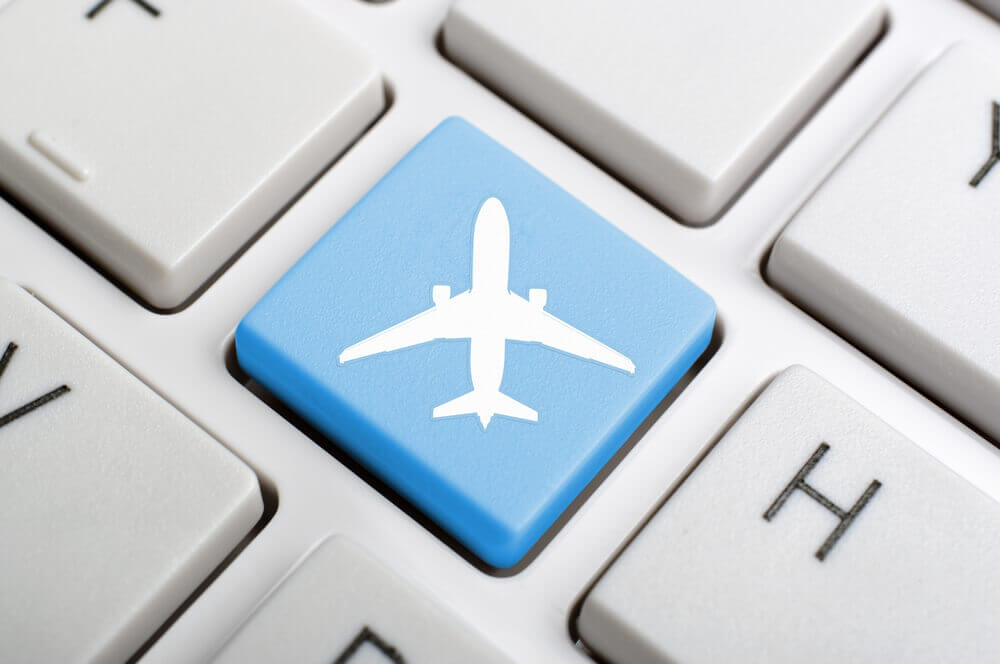
Airline booking curves are a complicated business and generally require a micro focus, but United is bucking that trend.
United recently reported that its booking curve had changed and that they needed to set aside more seats for passengers who book at a later date. Delta, on the other hand, advised that they were happy to continue to sell the existing percentage of seats early on in the booking process.
As the term suggests, the booking curve maps the timeline for when bookings come in for a flight or group of flights. In most markets, few bookings are expected three months or more in advance of the day of the flight. Business demand is often very close to the departure date, usually at around two weeks. Airlines monitor the booking curve as higher fare passengers are expected to book close in but the airline can only completely fill the plane by offering lower fares further out. If demand is stronger than expected, potentially too many seats are offered at the low fares and the flight is booked earlier than expected. If demand is weaker than projected, the airline may hold too many seats for close-in demand and find itself with empty seats. Understanding – and correctly predicting – the booking curve is critical to achieving the highest revenue.
Of course, each flight may be quite different. A system-wide booking curve, obviously, depends on the mix of flights included – international versus domestic, leisure markets versus business markets, high frequency markets versus a select day-of-the-week service. The booking curve tends to be further out for long-haul international routes; it tends to be close-in for high frequency business markets; and it is closer in for low-cost carriers which rely more heavily on spill from the legacy carriers. Booking curves are thus a micro rather than macro phenomenon: flight-specific, competition-specific, day-of-week and seasonal-specific. Revenue management systems capture the profile of each flight by day and automatically adjust if there is a change – more business demand, more competition, too many empty seats and so on.




